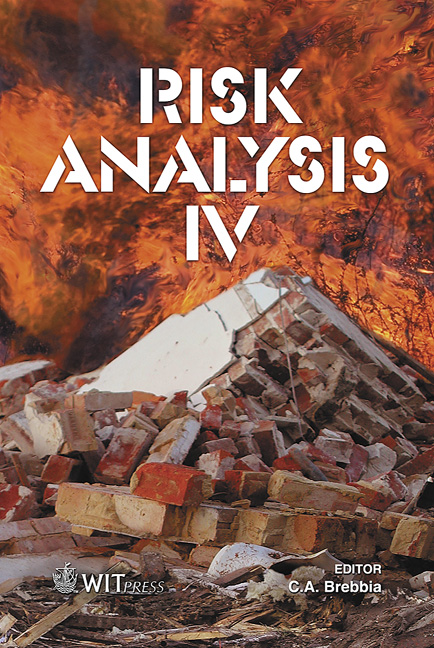Human Health Risk Profiles For Sewage Discharges
Price
Free (open access)
Transaction
Volume
77
Pages
9
Published
2004
Size
248 kb
Paper DOI
10.2495/RISK040541
Copyright
WIT Press
Author(s)
G. B. McBride & A. Ball
Abstract
The need for preparing human health risk profiles when planning and consenting sewerage schemes has recently been highlighted in New Zealand resource management law. These profiles can be calculated using QRA (Quantitative Risk Analysis) procedures. Particular attention is being paid to the risks posed by Campylobacter and viruses (especially adenoviruses, enteroviruses and Hepatitis A virus), both for recreational swimming and for shellfish consumption. Scheme promoters and interested public groups favour such risk profiles—over traditional comparison with limits of indicator bacteria expressed in guidelines—particularly as new treatment technology is employed. This is because they provide quantitative information on what matters most to them: individuals’ and community risks. There is however a danger that the attendant uncertainties are not understood (and sometimes not explained). For example, key dose-response information is restricted to healthy adults, to one (or, occasionally, a few) strains of the micro-organism, and may use different endpoints (i.e., definitions of infection). There is a paucity of data on shellfish bioaccumulation factors. Also, some substantial assumptions may have to be made if data are lacking (e.g., if methods are not enumerative, merely indicating presence/absence of the micro-organism). On the other hand considerable care is needed when communicating results of an uncertainty analysis. Keywords: human health, sewage, pathogens, risk analysis, Monte Carlo, risk communication, Campylobacter, viruses.
Keywords
human health, sewage, pathogens, risk analysis, Monte Carlo, risk communication, Campylobacter, viruses.





